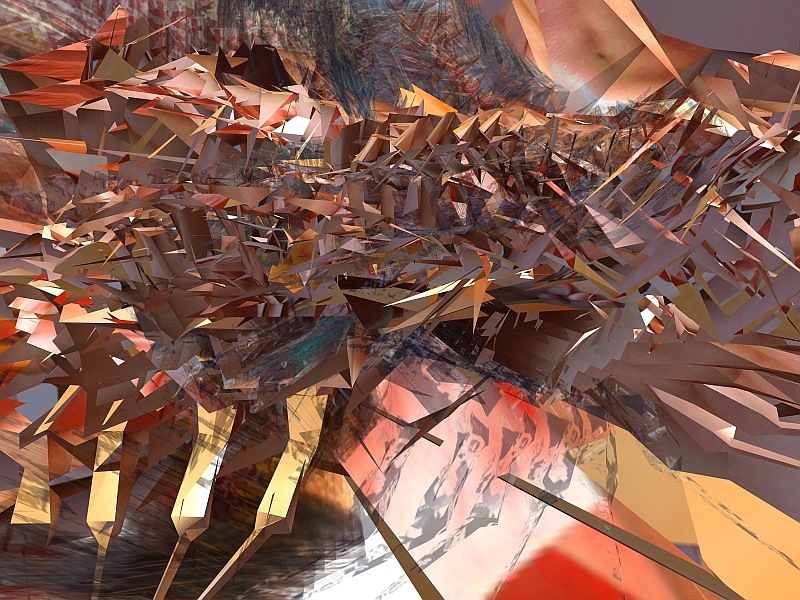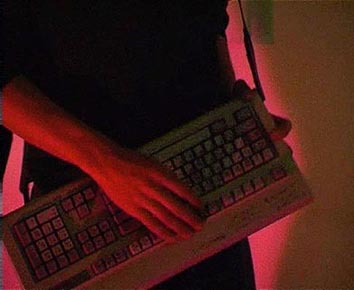The three pictures presented all have similar aspects. Each depicts extremes that is easy for the onlooker to gather. The three pictures have the ability to express different meanings but when a viewer has them in a row it makes it easier to hone in on one specific idea. A similar part of each picture can be found in at least two of the three pictures, such as the pictures of rich businessmen. The pictures of the rich business men help connect the other content in the picture but in the third one there are no businessmen at all. The collage does not seem to fit. Each picture conveys its own meaning but when it is view in proximity to the other collages the viewer can draw from it the universal meaning.
The first collage is made up of two extremes. One extreme is the very rich and the second is the very poor. This collage seems to represent inequality with the poor and the rich both shown in one picture. One can grasp from the faces of the cartoon characters that greed is also trying to be depicted. They have snarling, devious faces and are holding money bags while the poor people on the other side of the collage have faces filled with sadness and despair. The collage seems to show the imbalance there is in the world today. The huge corporations are greedily hoarding money even when there are poor people right outside their establishment. The collage is split in half with the rich on one side and the poor on the other with a picture of a planet and the word help in the middle. The poor are asking for help but the rich just don’t seem to hear them.
The second collage seems to represent balance, or lack thereof. Each picture entails some kind of object teetering to one side as if it were off-balance. There are two scales and each has an object that when looked at forms an idea of wealth. The gold coins and the rich businessmen seem to play on the content in the first collage but in a different way. This collage seems to express more of the gap between the rich and poor by showing the imbalance in the literal way.
The third collage does not seem to fit with the other ones. Only one picture within the collage seems in place with the other two collages; the picture of the scale. I am finding it hard to draw conclusions about the meaning behind the pictures and the way they are put together. The smog and the polar bear and the world on a matchstick seem to point in the direction of global warming. It does not seem to have any ties with poor or rich people but instead nature. Even the scale does not look to be similar to the other ones in collage two. The scale in this collage seems to hint at equality between trash and our world. It could mean we are slowly tipping the scale so that pollution is slowly going to take over our planet. Yet there is no link between this collage and the two before it. The first two seem to represent inequality or imbalance but the last one seems to show that our world is slowly fading due to our polluting habits.












